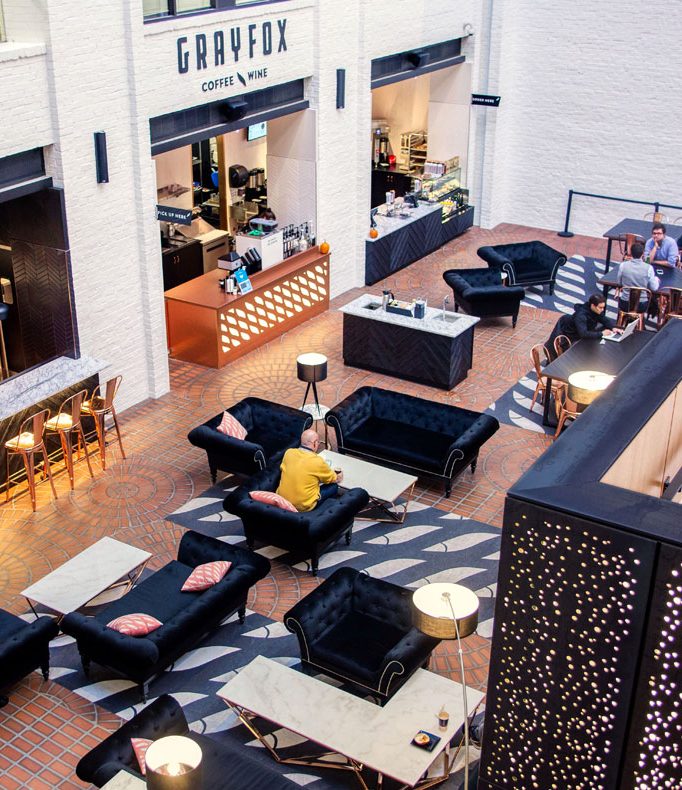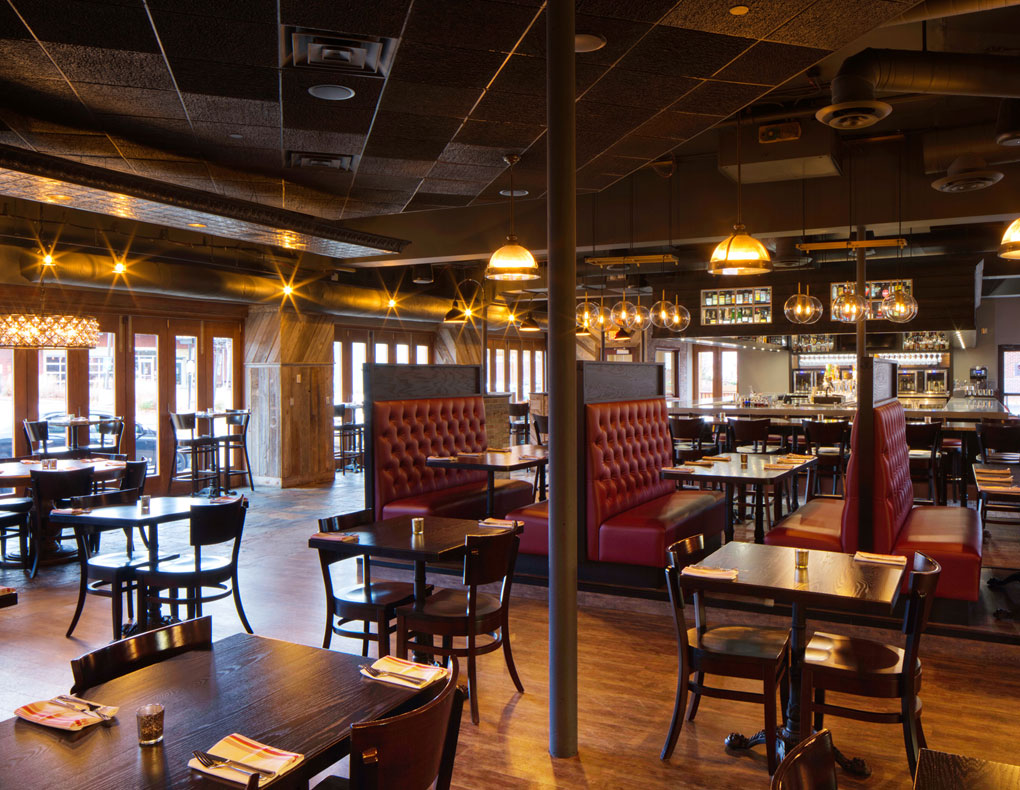When you’ve been waiting for your pizza for a full hour on a Friday night, you’re probably not thinking about kitchen design.
But the truth is, picking the wrong hospitality design experts can cost you.
Because when things are designed to flow in the kitchen, that wait time on your pizza order can shrink dramatically.
The only thing is, finding the right design team requires asking the right questions before signing on the dotted line.
Here’s how to approach hiring a hospitality design team that’ll bring your dreams to life as quickly as your team will be saying, “Order up!”

The Stakes Are Higher Than You Think
Let me be blunt about this.
Only 17% of restaurants fail in their first year, way less than that ridiculous 90% myth everyone quotes.
But poor design choices?
They’ll stack the deck against you anyway.
Brilliant chefs with incredible concepts struggle because their dining room felt like a cave.
Or because their host stand created a bottleneck that turned away customers on busy nights.
Smart restaurant interior design shapes every interaction your guests have with your space.
Essential Qualifications That Actually Matter
Portfolio Diversity Tells the Real Story
You want hospitality design experts who’ve wrestled with different challenges.
A firm that only does upscale steakhouses might not understand the chaos of a quick-service breakfast spot.
We’ve learned this firsthand through projects ranging from intimate sushi bars to multi-vendor complexity in food halls.
And each concept demands its own approach.
Technical Expertise Beyond Pretty Pictures
Beautiful renderings are great, but can your designer navigate Minnesota’s building codes?
Do they understand commercial kitchen ventilation requirements?
The science of restaurant space planning involves more than arranging tables.
It’s about understanding traffic flow, sight lines, and that invisible dance between front and back of house.
Our work with commercial restaurant architecture has taught us that operational efficiency determines survival.
Local Market Knowledge
Minnesota diners have specific expectations.
Four-season patios aren’t just nice-to-have here.
They’re honestly one of the best ways to keep up revenue when you’ve got brutal winters and gorgeous summers.
Understanding regional preferences means knowing which investments make sense for our market.
Whether you’re working with an architect in St. Paul or Minneapolis, local expertise matters.
Questions That Reveal Everything
“Walk me through your last project that went sideways.”
Every project hits snags. The revealing part is how they handled it.
Did they blame the contractor? The client?
Or did they own the problem and find solutions?
One designer told me about a kitchen equipment delivery that arrived three weeks late.
Instead of making excuses, they redesigned the installation schedule on the fly, keeping the project on track.
That’s the kind of problem-solving you need.
“How do you handle the tension between aesthetics and operations?”
Hospitality design is prioritizing spaces that cater to a range of guest experiences, from solo diners to large groups.
Your designer should talk about strategies like:
- Strategic banquette placement that works for both couples and solo diners
- Flexible furniture that adapts throughout the day
- Lighting systems that transition from bright lunch service to intimate dinner ambiance
“What’s your approach to sustainability?”
This isn’t just about being green for marketing purposes.
96% of hoteliers are investing in contactless technology this year, and restaurants are following suit.
Modern sustainable restaurant design approaches actually save money through energy efficiency and waste reduction.
Plus, customers increasingly vote with their feet for businesses that share their values.
Red Flags That Should Send You Running
The One-Size-Fits-All Approach
“We always do it this way” should trigger your fight-or-flight response.
Every restaurant has unique challenges.
Your commercial kitchen design needs might be completely different from the place down the street.
Cookie-cutter solutions lead to cookie-cutter failures.
No Construction Administration Services
Design doesn’t end when construction begins.
You need experts who’ll be there when the contractor has questions at 9 AM on a Tuesday.
Real professionals stay involved through the entire project lifecycle.
Dismissive of Your Budget Concerns
I’ve seen designers wave off budget questions with “we’ll figure it out later.”
That’s code for “prepare for cost overruns.”
Real professionals provide detailed estimates and help you understand where every dollar goes.
The Technology Factor Nobody Discusses

58% of brands say personalization is one of their top priorities in 2025.
Your design needs to accommodate this tech evolution.
Think about:
- Infrastructure for mobile ordering and payment systems
- Space for delivery and takeout operations (ghost kitchens are projected to be a $157 billion market by 2030)
- Flexible layouts that can adapt to changing service models
We use 3D renderings and virtual walkthroughs to capture existing conditions with millimeter precision.
This prevents those nasty surprises during construction when something doesn’t fit.
Understanding the Design Process
Discovery Phase: More Than Small Talk
Good hospitality design experts spend serious time understanding your vision.
Not just your menu and aesthetic preferences – but your operational philosophy too.
Your staffing approach, your growth plans – all of these matter.
This phase reveals whether they’re truly listening or just waiting to pitch their standard package.
Concept Development: Where Ideas Take Shape
This is where you’ll see multiple approaches to solving your space challenges.
Beware the firm that presents only one option.
The best solutions often emerge from exploring different possibilities.
When we worked on Japanese restaurant interior design projects, we’d present everything from minimal zen aesthetics to bold, contemporary interpretations.
The right choice becomes clear through discussion, not dictation.
Documentation: The Devil in the Details
Thorough construction documents prevent expensive change orders.
Every outlet, every light switch, every piece of equipment should be specified.
And in our experience? Vague drawings lead to contractor assumptions.
And, in turn, contractor assumptions lead to budget overruns.
Financial Considerations Beyond the Design Fee
Most people fixate on the design fee without considering the bigger picture.
Smart hospitality design experts help you understand total project costs.
The average cost to open a restaurant is $375,000, not including operating expenses.
Your designer should help you allocate that budget wisely.
Value Engineering Without Compromising Vision
Sometimes you need to make cuts.
The question is where.
Experienced designers know the difference between smart savings and false economy.
Maybe you choose a simpler ceiling treatment but invest in better kitchen equipment.
Or you skip the exotic tile but spring for commercial-grade flooring that’ll last twice as long.
Making the Final Decision
Trust your gut, but verify with facts.
Check references, and actually call them. Visit completed projects if possible.
Pay attention to how the spaces feel after they’ve been operating for a year or two.
The restaurant renovation and remodeling process should feel collaborative, not combative.
You’re not just hiring a service provider but choosing a partner who’ll help translate your culinary vision into a physical space that works.
The Competitive Edge of Great Design

71% of guests believe disabled people should be better accommodated in hospitality settings.
Good design isn’t just an aesthetic approach but really about creating inclusive, accessible spaces that welcome everyone and work for all involved.
It’s rooted in an understanding that most travelers globally are planning to take the same number or more trips in 2025, and they’re looking for memorable experiences.
Your restaurant needs to deliver on those expectations to set itself apart.
The truth is, great design creates competitive advantages you can’t achieve any other way.
It reduces labor costs through efficient layouts.
It increases revenue through better table turnover.
It builds brand loyalty through memorable experiences.
Working with an architect who understands these dynamics makes all the difference.
Local expertise combined with hospitality specialization creates spaces that actually work.
Transform Your Restaurant Vision
Choosing the right hospitality design experts determines whether your restaurant becomes a neighborhood institution or another cautionary tale.
The difference often comes down to asking hard questions upfront.
Finding partners who understand that restaurant design is equal parts art and science.
At Studio M Architects, we bring 20+ years of experience transforming Twin Cities restaurants.
We understand the local market, the operational challenges, and most importantly, what it takes to create spaces where both guests and staff thrive.
Ready to explore what’s possible for your restaurant project?
Contact us for your complimentary consultation.

Recent Comments